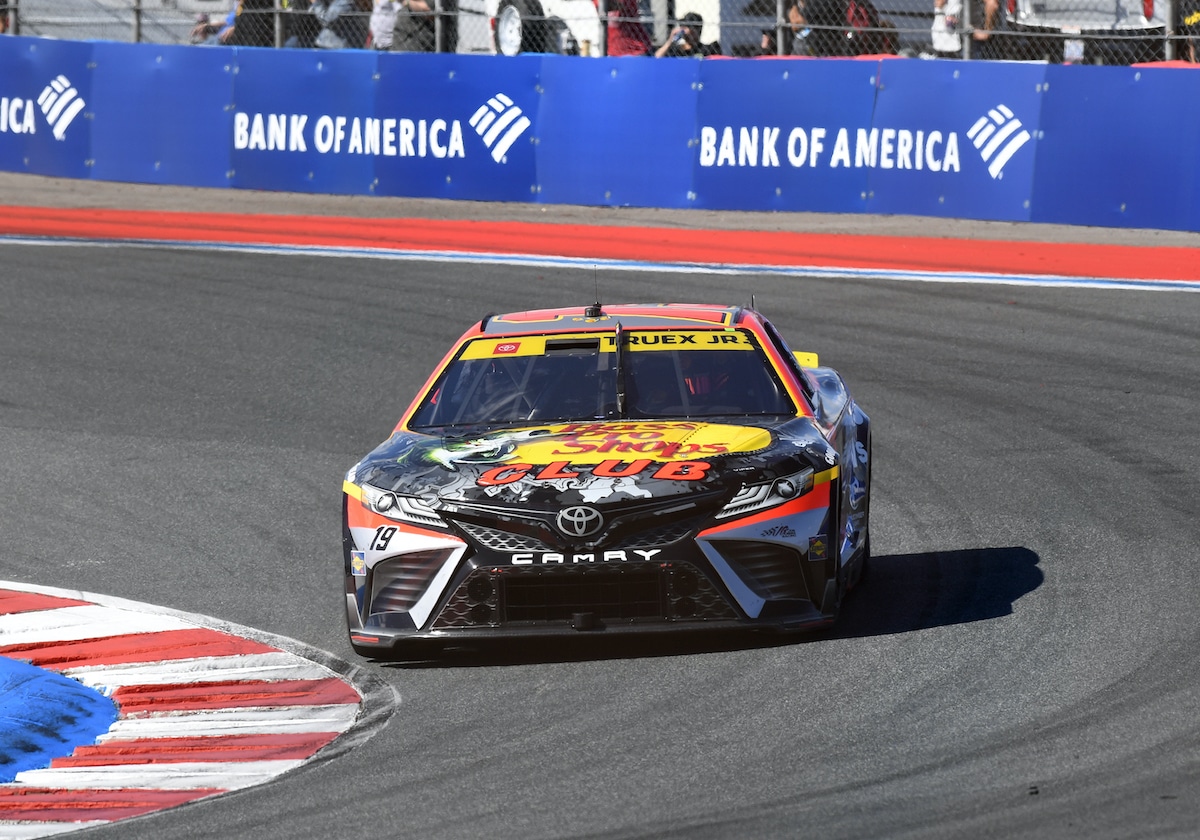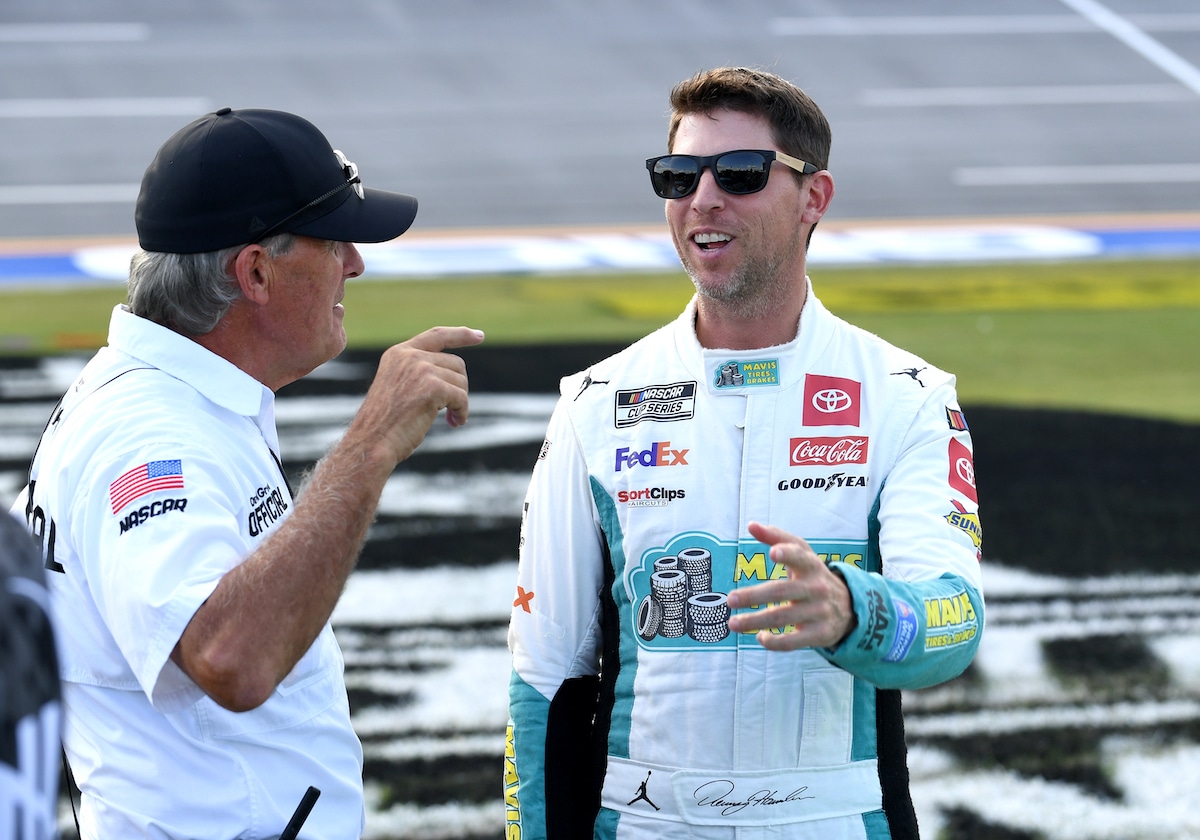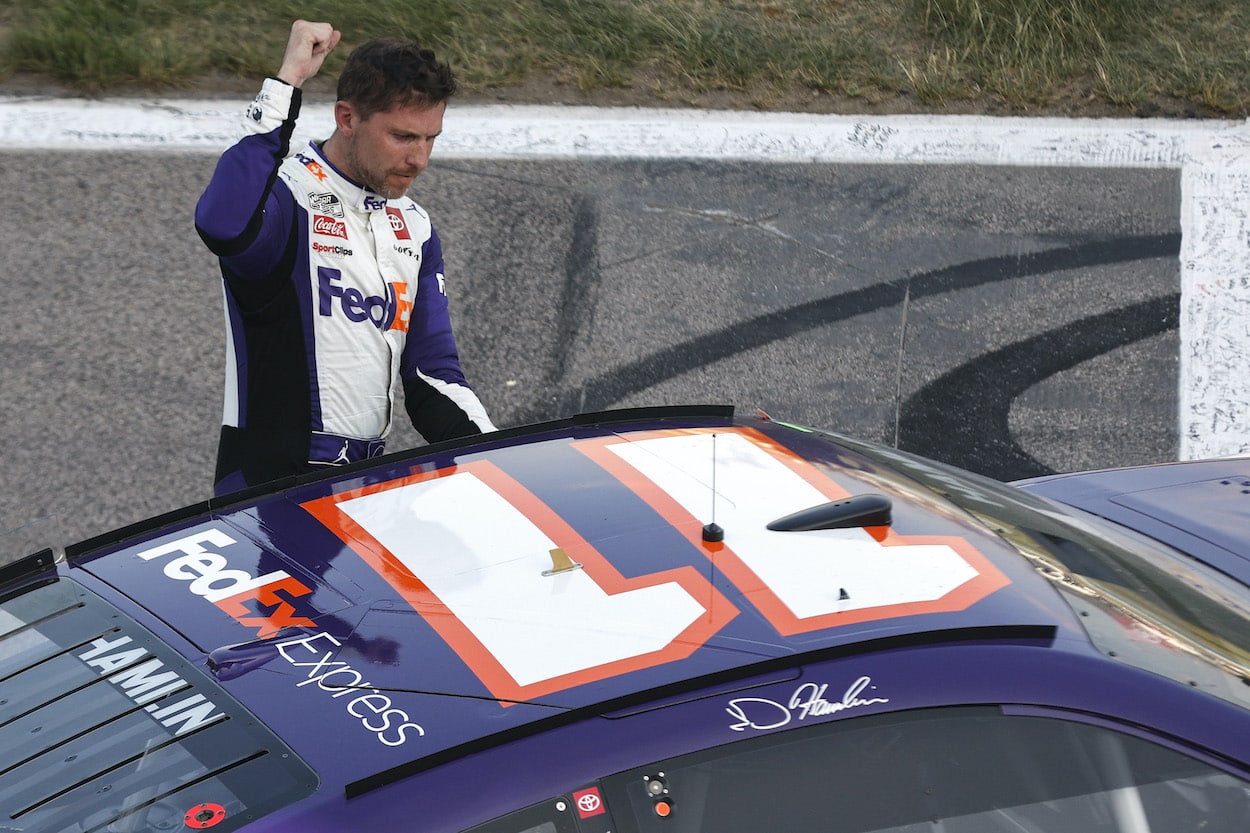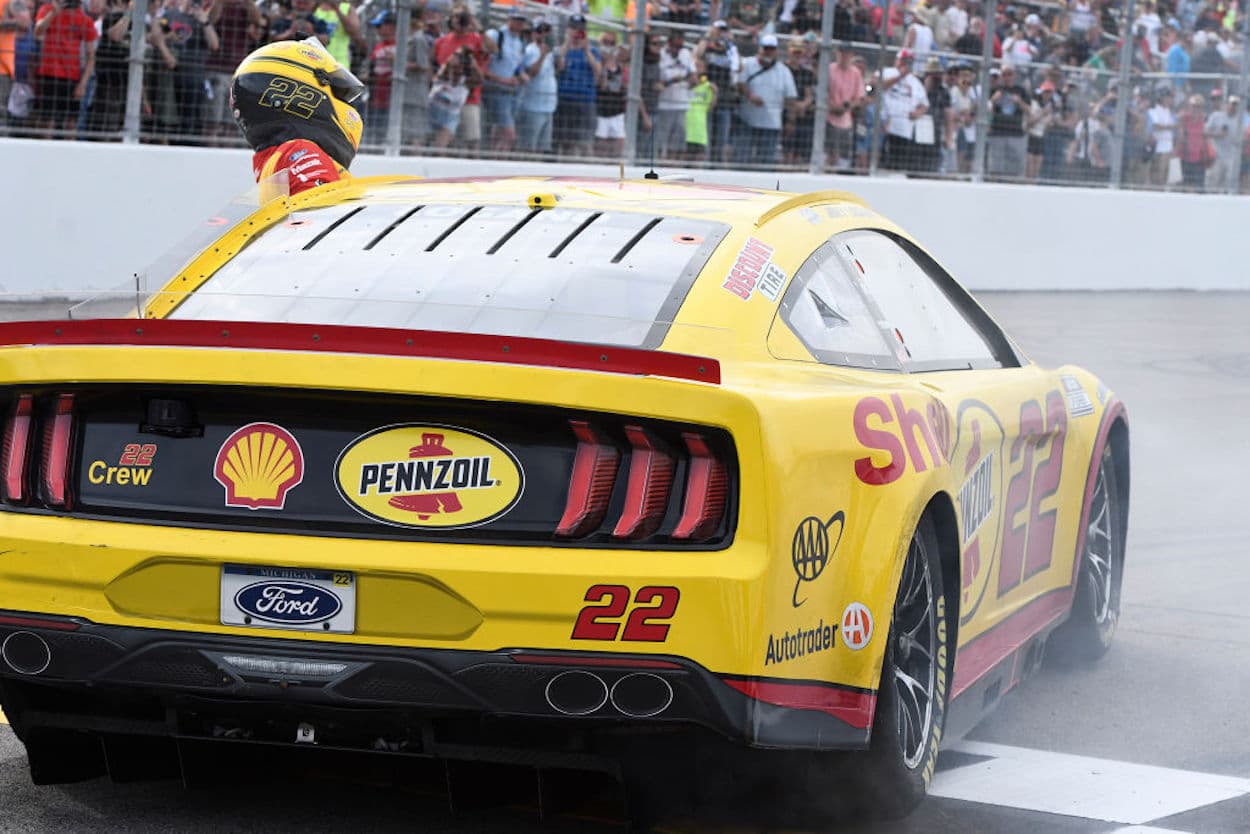
3 ‘Gifts’ That Should Be on Every NASCAR Fan’s Christmas Wish List This Year
If Santa Claus is truly coming to town, let’s hope he makes at least a pit stop at NASCAR’s main corporate offices in Daytona Beach, Florida and Charlotte, North Carolina.
Otherwise, the 2023 NASCAR Cup Series season could turn out to be a virtual repeat of 2022, and that wouldn’t be ideal, considering that there are several areas where change is necessary.
Up next, we’ll zero in on the three biggest changes NASCAR must make — which you might call “gifts” — in advance of the season to come.
Create a safer version of the Next Gen car
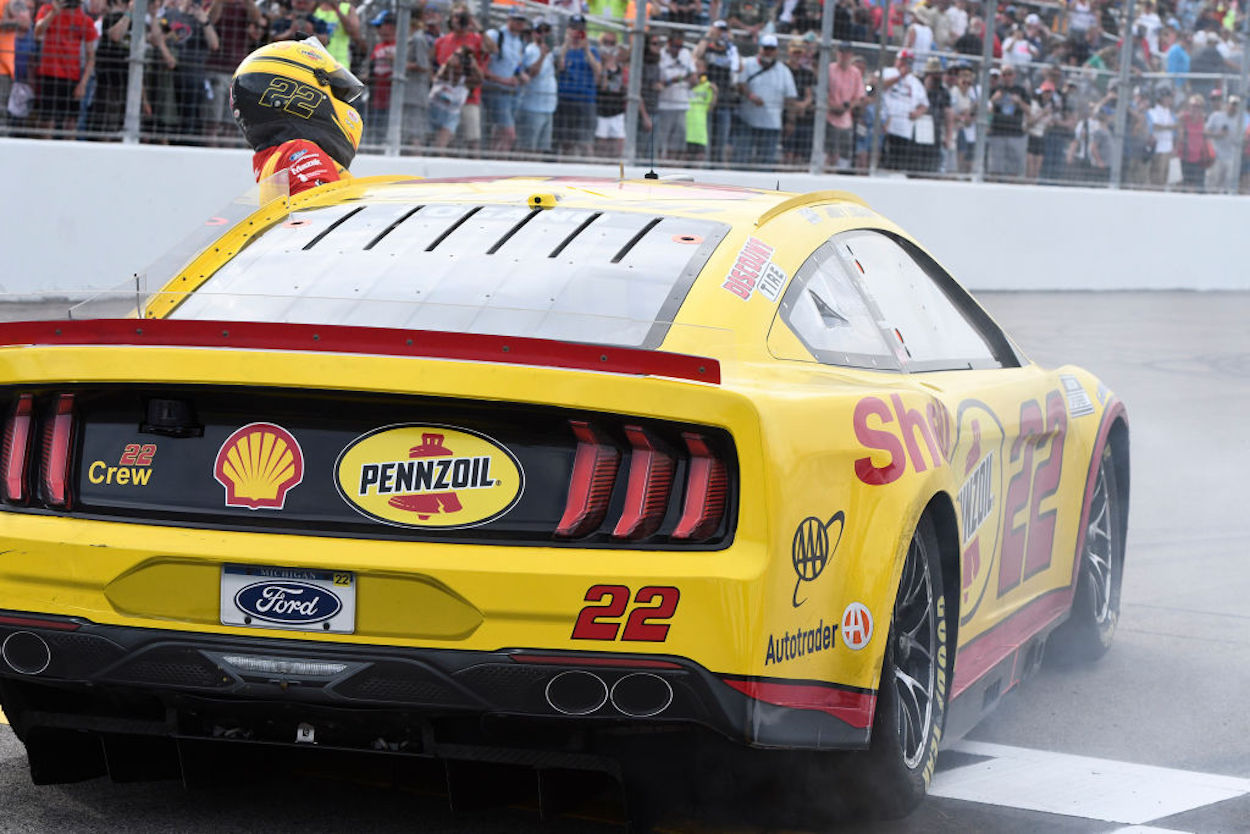
Without question, the biggest stain on the 2022 Cup Series season was ongoing safety issues surrounding the Next Generation Cup Series car that made its formal debut at the Daytona 500.
The Next Gen vehicle, although saving teams money and creating an overall better on-track product at some venues, didn’t pan out so well when it came to safety, as the composition of the car’s rear bumper proved to be terribly problematic. Basically, on many occasions when a car made a high-speed, rear-end impact with the wall, the rear portion of the vehicle suffered minimal to no damage, causing the driver — not the car — to absorb most of the impact.
This happened time and time again in 2023, and it resulted in two of the sport’s top drivers — Kurt Busch and Alex Bowman — suffering a concussion that sidelined them for an extended period of time. In Bowman’s case, that time was five weeks.
In Busch’s situation, the concussion meant missing the final 16 races of the season and ultimately announcing in October that 2022 would be his final season as a full-time Cup Series driver.
Although Busch left the door open to entering select races next season with 23XI Racing, even that is uncertain due to the 2004 Cup Series champion continuing to deal with the lingering effects of his concussion suffered in a qualifying crash at Pocono on July 23.
After several weeks of Cup Series drivers — the most notable of them being veterans Kevin Harvick and Denny Hamlin — challenging NASCAR to make safety improvements on the Next Generation car, the sanctioning body finally heeded the call in early October when NASCAR executives held a mandatory meeting with all the drivers at Charlotte Motor Speedway to announce plans for off-season structural modifications to the Next Gen. In this same meeting, NASCAR also revealed data that it had unlocked from a crash test earlier that week at an undisclosed Ohio location. The all-hands drivers meeting also allowed drivers to use the open forum to air out their grievances about the vehicle’s safety features — or lack thereof.
As it stood when the 2022 season ended, all signs pointed toward NASCAR unveiling a safer version of the Next Gen car beginning with the 2023 Daytona 500. The upgraded model would come with a less sturdy rear bumper than the 2022 version, and the change would allow the car to absorb more of the impact from rear-end hits than the driver, hopefully substantially decreasing the chances of a driver suffering a concussion in future seasons.
Improve the racing on the short tracks and road courses
Another unintended consequence of NASCAR’s move to the Next Generation car after nine seasons with the old “Generation 6” model was a major drop in the quality of the racing at the short tracks and road courses.
Oh sure, these races provided some exciting moments — like Ross Chastain’s unforgettable video game-style move at Martinsville in Week 35 — but the totality of the on-track product at road courses and short tracks received a big thumbs-down from drivers and fans alike.
Thankfully, the racing did improve from previous seasons at the intermediate tracks — which make up the largest portion of the Cup Series schedule — but if NASCAR doesn’t figure out a way to make the Next Gen car easier to pass with on the short tracks and road courses, it’s going to be a long 2023.
Hopefully, teams continuing to learn more about the Next Gen car through simulator testing, on-track testing, and other means will also help make the racing better at the places where it’s clearly lacking.
Provide a more climactic finish to the 2023 season than the one we had in 2022
Unless you’re a Joey Logano fan, you probably didn’t love the 2022 season-ending event at Phoenix Raceway. Not only did Logano dominate the on-track action, where he and three other Championship 4 drivers had an opportunity to compete straight up for the title, but the race itself was short on drama from the standpoint that there were only four cautions for accidents and the final 33 laps were run under green.
But worst of all, the race felt almost like a Logano coronation from start to finish, as the Team Penske driver started on the pole and led 187 of 312 laps. The only other driver to lead more than 11 laps was Logano’s teammate, Ryan Blaney, who finished second and seemed to be acting as a sort of buffer for Logano in the closing laps as third-place finishing Ross Chastain made a late surge.
Although the Championship 4 race is returning to Phoenix in 2023, hopefully NASCAR can find a way to spice up the show a bit — even if it means throwing one of those phantom late-race “debris” cautions that drivers love to hate. It would be better, though, if NASCAR simply rolled out a new set of rules for this race only, perhaps even throwing a mandatory yellow flag with five or 10 laps to go so the finish is almost guaranteed to be a nail-biter.
